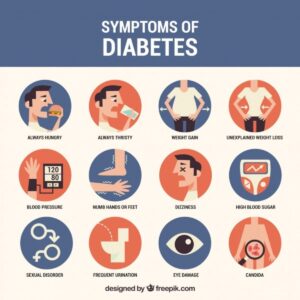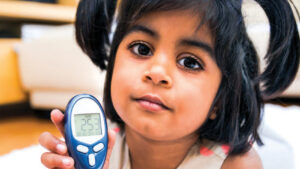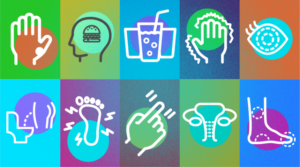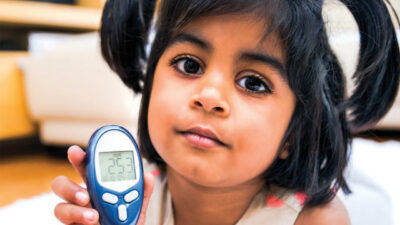Signs and Symptoms of Diabetes in Infants Children and Adults
Diabetes is not as uncommon disease as some people may think. In fact, according to various sources, there are between 25 and 26 million diabetics living in the United States. Diabetes is not just a disease that affects older, overweight people; its various types can affect infants and the elderly, and those in between.
To help get a better grasp on the nature of diabetes, it helps to know the signs and symptoms for various age groups. Here are some of them.

Infants
Watching for the signs and symptoms of diabetes in infants can be tricky. Watch for symptoms of low blood sugar in addition to high, warn experts. High blood sugar (hyperglycemia) is usually associated with diabetes, but low blood sugar (hypoglycemia) may also be a symptom.
Babies with low blood sugar may tremble, be cranky, or have pale or blue lips and/or fingers. High blood sugar may present as dehydration, or a baby seeming to need to drink all the time and urinate frequently. Also, a sweetish smell to the urine is indicative of diabetes.
Other symptoms of diabetes in infants include excessive sleepiness, extreme hunger, and sores that are slow to heal. Some sources suggest looking for a dark rash on the back of your baby’s neck – it may feel somewhat velvety.

Children
Like infants, children with diabetes may exhibit extreme thirst and frequent urination. He or she may lose weight despite all the ravenous hunger, and in fact, some sources say that unexplained weight loss is the number one sign of diabetes in children. Other symptoms include:
- Moodiness
- Irritability
- Fatigue
- Uncharacteristic behavior (just not acting like him/herself)
- Vision problems, especially blurred vision that comes and goes
- Chronic yeast infections, especially in girls
- Tingling in hands and feet
Adults
Adults can develop Type I or juvenile diabetes, particularly young adults. Type II diabetes occurs later in life and is different than Type I, but the symptoms of both are quite similar. For adults, the following symptoms may indicate diabetes.
- Unexplained weight loss – Adults in particular need to be cautioned about this symptom, because adults often think any weight loss is good. This is especially true if their doctor told them that being overweight put them at risk for diabetes. But if the weight loss is unexplained and is accompanied by any of the other symptoms, it might be a good idea to see your doctor.
- Thirst and urination – Like infants and children, adults with undiagnosed diabetes are often extremely thirsty. And the more you drink, the more you urinate. If it seems like you do nothing but drink and pee, and never feel satisfied as to your thirst, diabetes might be the culprit.
- Tingling in extremities – As with children, adults may experience tingling hands and feet.

If Not Diabetes – What?
There are disorders that mimic the symptoms of diabetes. Among these are liver disease, morbid obesity, and the side effects of certain cholesterol- and blood pressure-lowering drugs.
Essential Oils for a Good Night’s Sleep
Mindful Music Meditation Ambient Angelic Soothing Voices
Table of Contents

